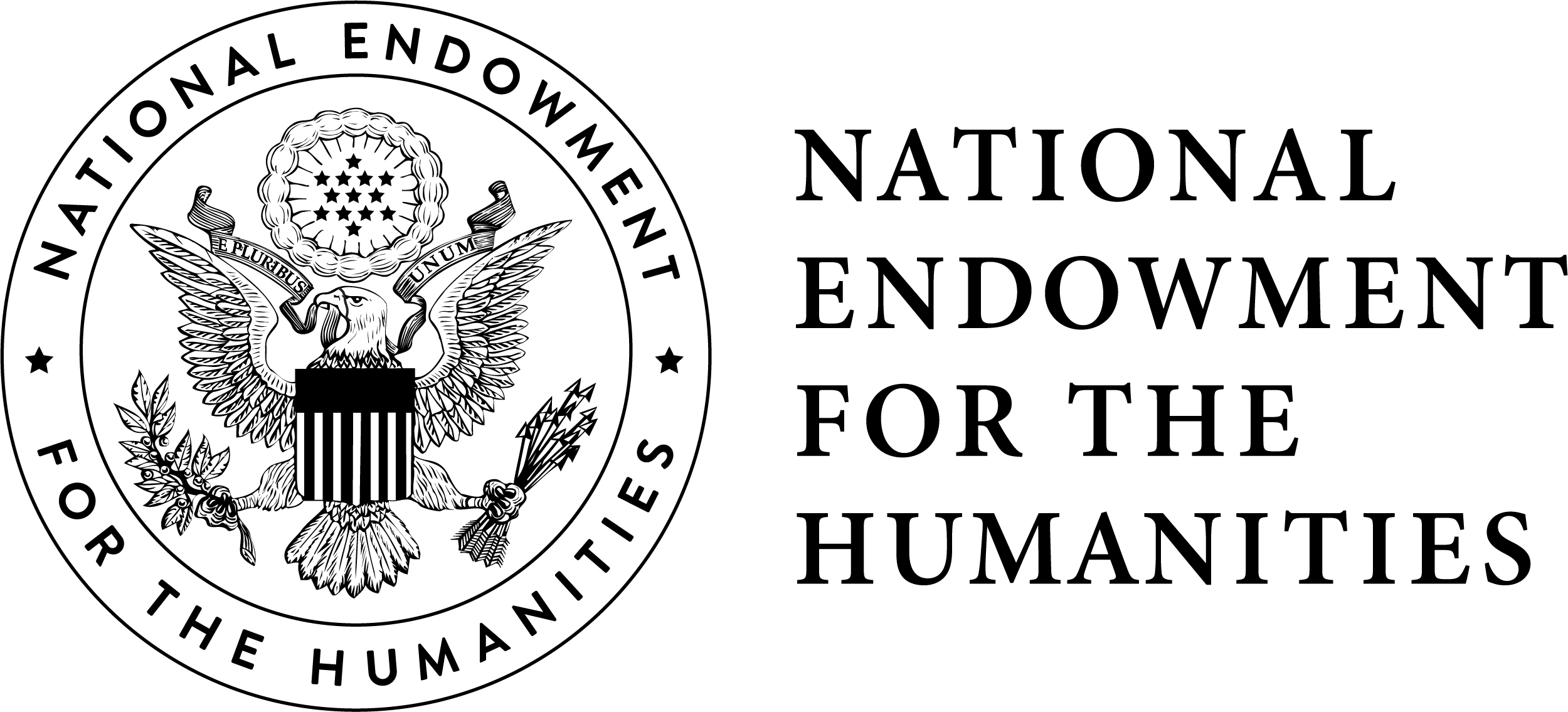Monticello guide David Thorson looks at how members of the Lewis and Clark Expedition celebrated the holiday season. He notes how different circumstances resulted in different experiences, and draws much of his discussion from William Clark’s journal.
 This podcast was made possible in part by a major grant from the National Endowment for the Humanities. Any views, findings, conclusions, or recommendations expressed in this program do not necessarily represent those of the National Endowment for the Humanities.
This podcast was made possible in part by a major grant from the National Endowment for the Humanities. Any views, findings, conclusions, or recommendations expressed in this program do not necessarily represent those of the National Endowment for the Humanities.
Kyle Chattleton: This is Mountaintop History, a podcast produced by the Thomas Jefferson Foundation at Monticello.
Olivia Brown: Mountaintop History brings forward meaningful stories from this historic home and plantation — from the past and from the present.
Kyle Chattleton: My name is Kyle Chattleton.
Olivia Brown: And I'm Olivia Brown.
Kyle Chattleton: Thank you for joining us. We hope you'll learn something new.
What were the holidays like for Meriwether Lewis, William Clark, and the other members of the Corps of Discovery during their famed expedition through the Louisiana Territory? This is a question that many of us at Monticello receive from visitors during this time of year. We get a sense of festive scenes, as well as disappointments and hopes for the future.
Associate guide David Thorson explains.
David Thorson: Lewis and Clark spent the winter of 1804-1805 at Fort Mandan near present-day Bismarck, North Dakota. The Mandan people taught the Corps of Discovery how to survive winter on the prairie.
On a snowy, frigid Christmas Day, celebratory gunfire awakened Lewis and Clark. Clark described his men as "merrily Disposed, I [gave] them all a little Taffia [rum mixed with water]."
New Year's 1805 found the explorers visiting the Mandan, playing music and dancing. Clark ordered York, his enslaved African American servant, to dance, writing this "Some what astonished [the Mandan], that So large a man Should be active." One wonders what York, a key member of the expedition thought of being ordered to perform.
Nearly one year later, the explorers, exhausted, sickly, and low on supplies, observed the holidays at Fort Clatsop near present-day Astoria, Oregon. Although the Clatsop thrived along the Pacific, Lewis and Clark found the constant rain, howling winds, and fog inhospitable, and the Clatsop themselves friendly, but distant. Clark described his company's rainy Christmas, "we would have Spent this day the nativity of Christ in feasting, had we any thing either to raise our Sperits or even gratify our appetites, our Diner concisted of pore Elk, So much Spoiled that we eate it thro' mear necessity [...] a bad Christmass diner." The Corps did their best to celebrate the day exchanging what little they had, and Clark was gifted two dozen weasel tails from Sacagawea.
Gun volleys awoke Lewis and Clark on New Year's Day 1806, and Clark looked to the future writing, "our repast of this day [...] Consisted principally in the anticipation of the 1st day of January 1807, when in the bosom of our friends we hope to participate in the mirth and hilarity of the day."
Kyle Chattleton: Mountaintop History is a collaboration between WTJU and the Thomas Jefferson Foundation, and is made possible in part by a major grant from the National Endowment for the Humanities. To learn more and to plan your next visit, go to Monticello.org.



